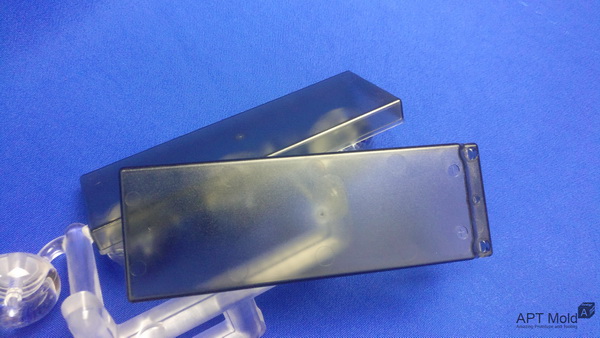Plastic injection molding is the most well-known industrial procedures thanks in no small part to the relentless need to learn about how things are done by many people out there, but also by more than one entrepreneur daring to face the wild with their own ideas, little money, and software to design and bring to life their prototypes. You will find very little products that don’t carry some sort of plastic encasing or plastic part on their composition.

Plastic Injection Molding Parts
From furniture to toys, these items make use of injection molded plastic parts to achieve durability, quality, and uniformity on their design. The challenge faced by more than one entrepreneur is the fact that casting a single mold can be quite expensive if we don’t know what we are doing. Here is a quick round of tips to design and create the right molded plastic parts without breaking the bank:
• Making the Prototype: Rinse and Repeat
One of the greatest things about CAD software is the ability to go over revisions of design over and over without having to scrap your design completely and starting over again. By using the 3D printing technology that allows you to create a fully functional prototype by using a machine instead of traditional tooling you are saving thousands of dollars in the creation of your product. Even with a finished prototype on hand, you can still make revisions since the material to create them are quite inexpensive.
• Embracing Consistency
A design that is consistent will translate into a balanced prototype that will most likely perform much better than anything that may be unique but is also uneven. Keep in mind that this sort of balance is important even in the thickness of the finished product obtained in the molding process to ensure the success of the performance stage.
• Create the Right Transitions on Your Design
Plastic injection molding can go from thin layers too thick walls in a matter of moments if you have the right type of control in the injection flow. Is important to control this part of the process since is closely related to the quality of your finished mold. Adding curves and other forms of transitions will make your final cast visually appealing, less stressful, and more durable.
• Do Not Let Plastics Sink
If the plastic of your mold shrinks in size as it cools down in a certain area of the cast, the finished product will be uneven, full of warping and with a lot of indentations. While the only technique to solve this issue requires knowledge is also one that can’t be measured by any sort of equipment: you need to figure out the sizing and the location of the functional parts of your design by trial and error until the casting comes out right.
• Don’t Dismiss the Data Provided by the Manufacturing Team
These are the people that will ultimately work with your molded casting. They will make their own set of revisions. Pay close attention to everything they have to say. Their changes can affect the overall look of your design for the best but you need to keep an open mind about it and help them find solutions that please you both.
• Go for Minimal Designs
Minimalism is all the rage these days with products created using mold casting injection. The fewer parts they have, the more streamlined they will look. Keep that in mind in the early stages of CAD development.
